The Growing Influence of OEMs in the Automotive Industry
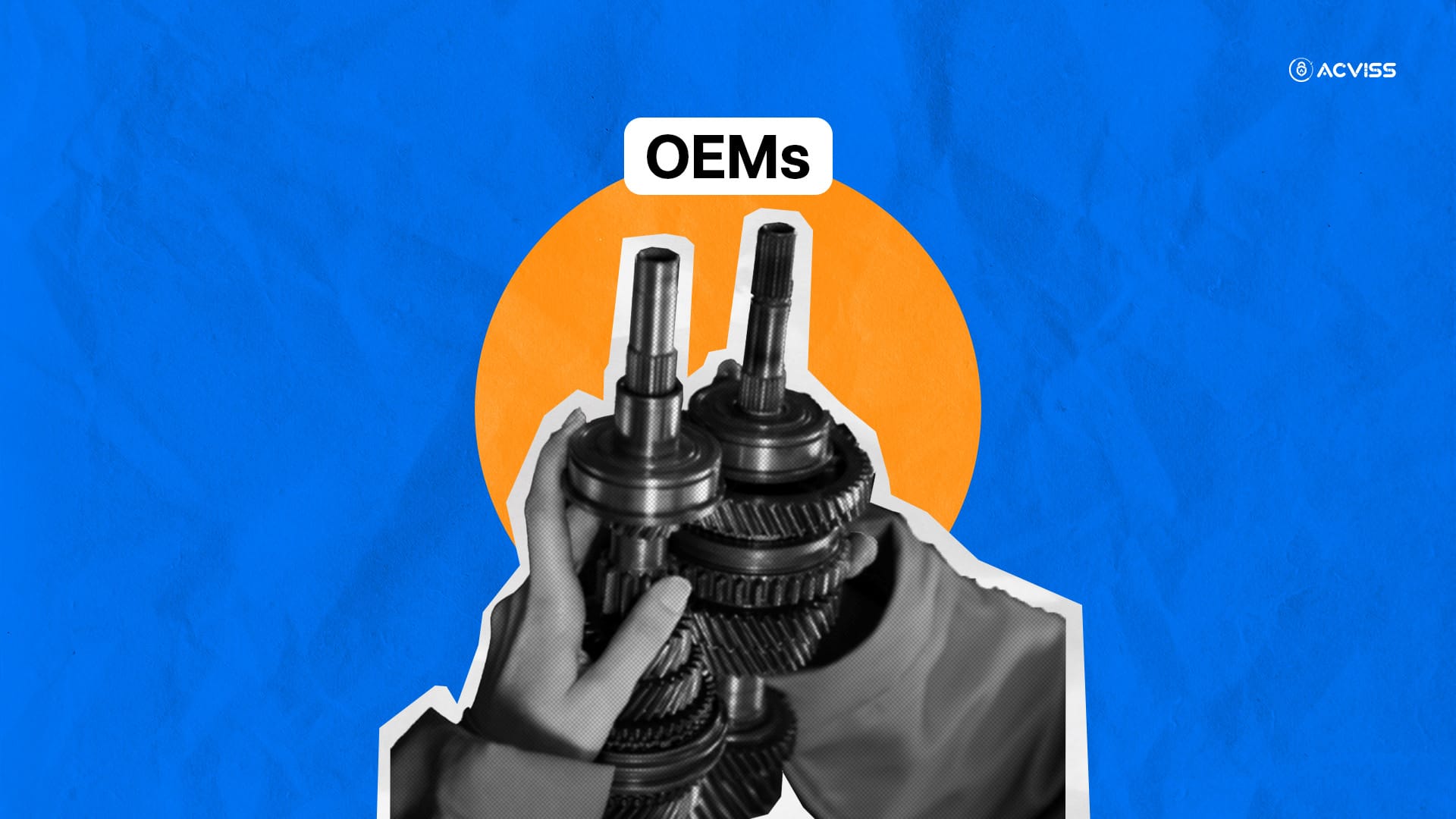
From Henry Ford’s moving assembly line to today’s cloud-connected cockpits, Original Equipment Manufacturers (OEMs) have dramatically expanded their role in the auto value chain.
In 1913, Henry Ford famously slashed Model T assembly time to 90 minutes by moving cars along a conveyor to workers. This “Fordism” era cemented OEMs as manufacturing juggernauts and supply-chain integrators. Decades later, the contours of “manufacturing” itself have shifted.
Traditional engineers and assembly-line managers are now joined by software architects and data scientists in boardrooms. The narrative of OEMs is evolving from industrial producers to tech-driven platform providers, powered by new digital trends and global strategies.
The OEM’s role was straightforward: design cars, manage factories, and distribute finished vehicles. But as technology advanced, OEMs gradually internalised more functions, from engineering to design to quality control, cementing their central place in the industry. By the turn of the 21st century, OEMs had become full-service mobility providers rather than just assemblers.
Key Technology Trends Driving OEM Transformation
OEM transformation today is propelled by multiple high-tech trends. Leading manufacturers are embracing new architectures and capabilities that blur the lines between carmakers, tech companies, and service providers. Key trends include:
1. Software-Defined Vehicles (SDVs):
Automakers are decoupling hardware and software. In SDVs, “all functionalities… are enabled, managed, controlled, and customised through software”. Like smartphones on wheels, SDVs receive continuous over-the-air (OTA) upgrades for infotainment, safety, or even driving range, without physical changes to the car.
The shift expands OEMs’ roles from hardware suppliers to platform operators and software developers. It also dramatically alters their R&D focus: PwC’s Strategy reports that software development is set to add €36 billion in value by 2035, and centralised E/E systems another €13 billion.
2. Electrification and EV Platforms:
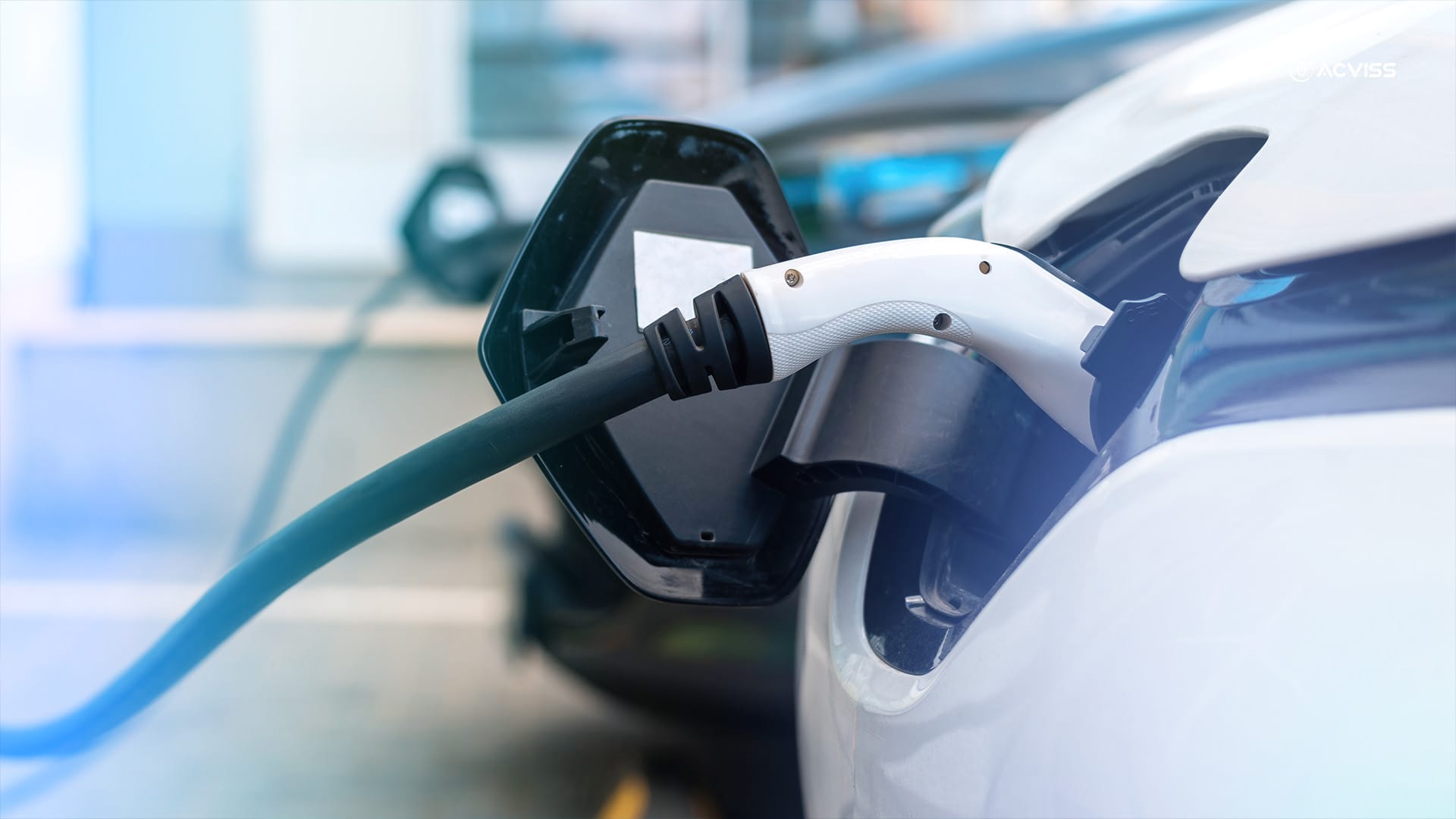
OEMs are consolidating the number of vehicle platforms to efficiently produce electric vehicles (EVs). Many have dedicated EV “skateboard” chassis (battery pack + motors) so that multiple models can share batteries and electronics. Industry analysts note a significant consolidation of EV platforms ahead, OEMs are reducing the number of unique platforms by over 60% in the coming years.
The standardisation helps scale up production and cut costs. Notably, Volkswagen’s MEB platform underpins a range of VW Group electric models, enabling VW to launch affordable EVs worldwide. GM and Toyota have likewise announced unified EV architectures.
3. Autonomous and Centralised Architectures:
The rise of advanced driver assistance and autonomy is driving a shift to centralised E/E (electrical/electronic) architectures. Instead of dozens of small electronic control units (ECUs), OEMs are moving toward a few high-performance “domain” or zonal controllers. This supports the massive computation needed for L4/L5 autonomy and machine learning. FPT Software notes that as EV sales approach 65 million by 2035, centralised controllers will become critical to manage complex systems like battery management and ADAS.
Indeed, top OEMs like BMW and Volkswagen now use powerful central computers that can handle 1000+ TOPS (trillions of operations) for sensor fusion and driving decisions. This transition gives OEMs greater integration control and flexibility over vehicle capabilities.
4. Connectivity and V2X Networks:
Vehicles are increasingly digital “nodes” in a network. Analysts estimate that about 95% of new cars will be connected by 2030, supporting everything from remote diagnostics to traffic-aware routing. Vehicle-to-Everything (V2X) communication, cars talking to each other, to infrastructure, and even the grid, is a growing frontier. OEMs are embedding 5G and C-V2X radios to enable features like coordinated driving and energy sharing with the grid (V2G).
In Asia-Pacific, for example, China and Japan are leading smart-city trials that give cars live data feeds from traffic signals and other vehicles. Connectivity turns OEMs into digital service providers: they can deliver new apps, safety updates, and personalised services over the car’s lifespan.
5. AI and Data Analytics:

Artificial intelligence is infiltrating every stage of the vehicle lifecycle. OEMs now collect terabytes of data per car, using AI to extract value. One critical area is vehicle maintenance: AI-driven diagnostics platforms continuously monitor sensor data to predict faults before they occur, minimising downtime. A recent article explains that AI models can pinpoint likely causes of any anomaly and even guide technicians via NLP-powered assistants.
The data-centric approach also opens new revenue streams: OEMs can offer premium subscriptions (e.g. advanced driving packs, real-time route planning) and use predictive analytics to optimise warranties and spare-part inventories. In short, every new software line of code becomes a potential service or insight, not just a minor vehicle feature.
Together, these trends are reshaping OEMs from hardware assemblers into technology and data platforms.
OEMs now partner with Google, AWS, Microsoft, and startups, often recruiting engineers from Silicon Valley to build their digital capabilities. Ford famously recruited Apple veterans to lead its EV software division, and VW created CARIAD to unify the software strategy of its brands.
The net effect is that engineering-led traditions are giving way to data-led strategies: as one analyst put it, telematics and in-car software now take precedence over “car looks and build quality,” and OEMs are racing to become “software and data businesses”.
Regional OEM Strategies: US, Europe, and Asia
The OEM transformation plays out differently across regions.
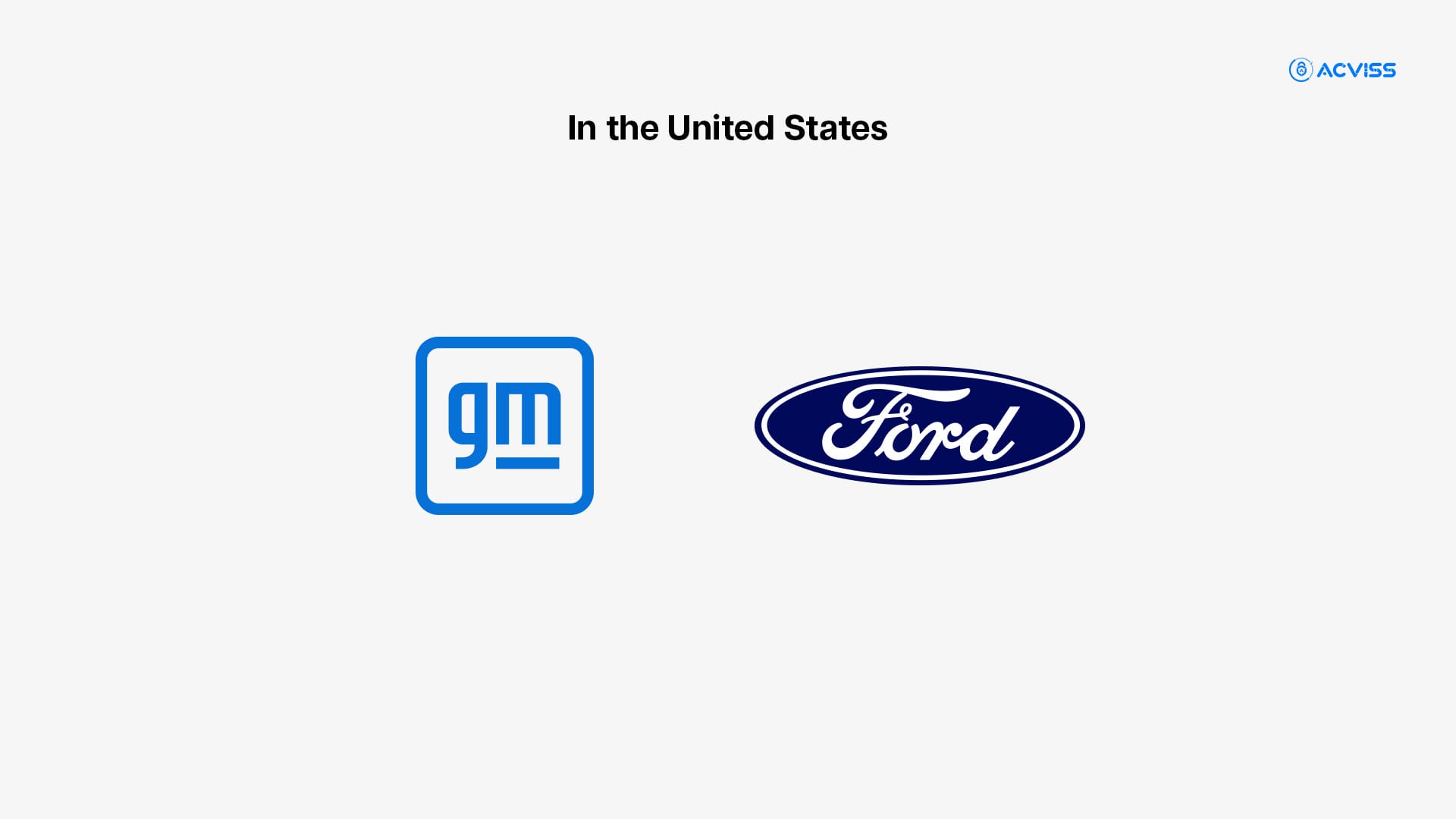
In the United States,
Legacy automakers like GM and Ford face intense pressure from new EV entrants. Ford has explicitly rebranded itself as a software-defined vehicle (SDV) manufacturer, driven by a “cloud-first” strategy.
GM initially built its EV business around the Ultium platform, but recent news shows GM revising its strategy to include more hybrid options and diversified battery partners (e.g. LG, Samsung SDI) to ensure scale. Meanwhile, Tesla has pushed hard on OTA updates and direct sales, forcing US OEMs to speed up their digital offerings.
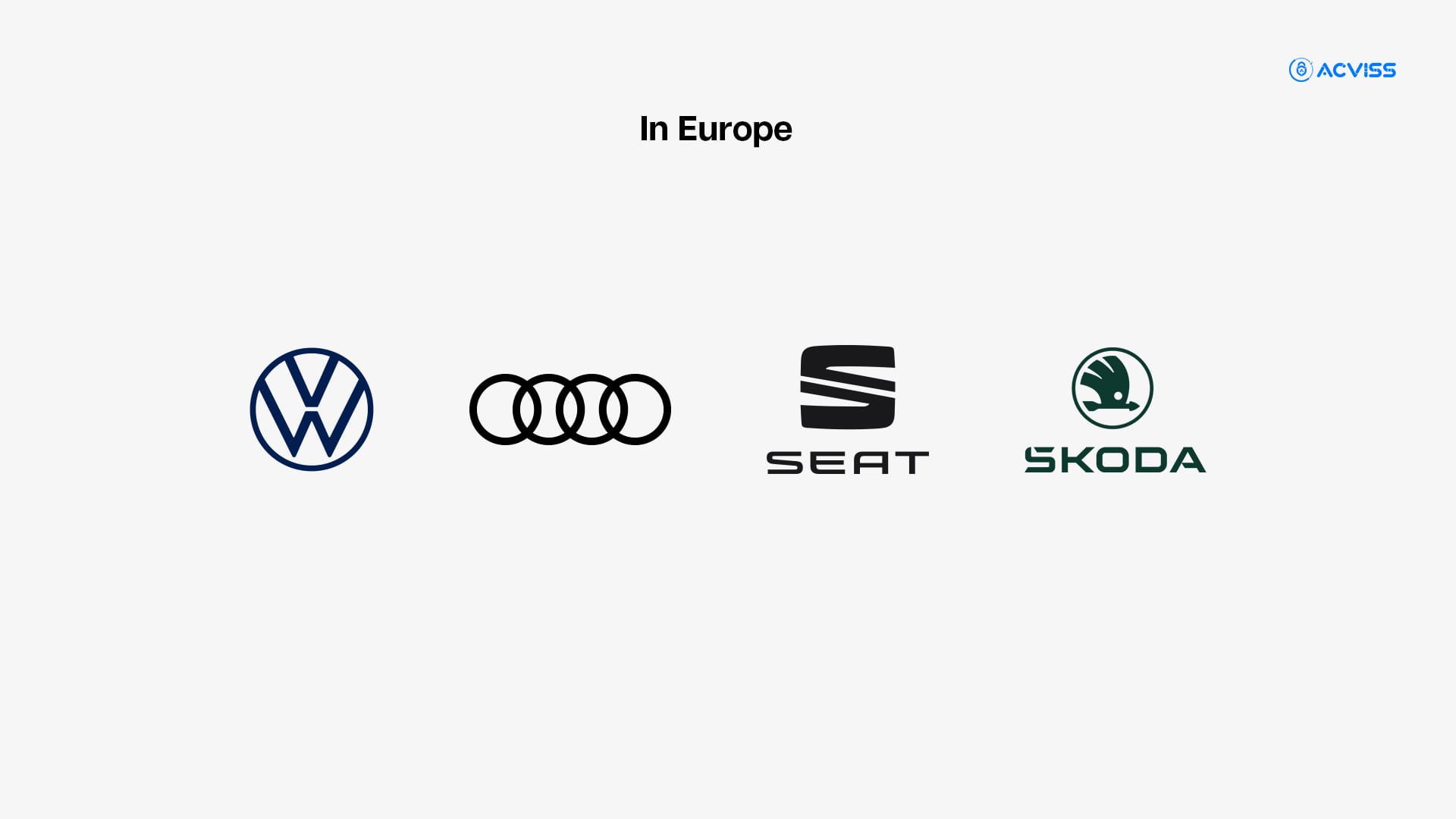
In Europe,
Stringent emissions rules and digital regulations have driven OEMs to innovate. Volkswagen Group is spearheading the shift: its SSP (Scalable Systems Platform) is designed to be a modular electric platform across VW, Audi, Seat, and Skoda brands. Already, VW’s MEB has enabled mass-market ID-branded EVs and even front-wheel-drive sub-€25K models like the upcoming ID.2all. Mercedes-Benz and BMW invest heavily in autonomous R&D and advanced cockpit software.
European OEMs also emphasise partnerships: for instance, Audi’s CARIAD software unit was spun out to supply brands across VW Group. They tend to retain most development in-house but collaborate closely with tier-1 suppliers and tech firms (e.g. Bosch, Nvidia).
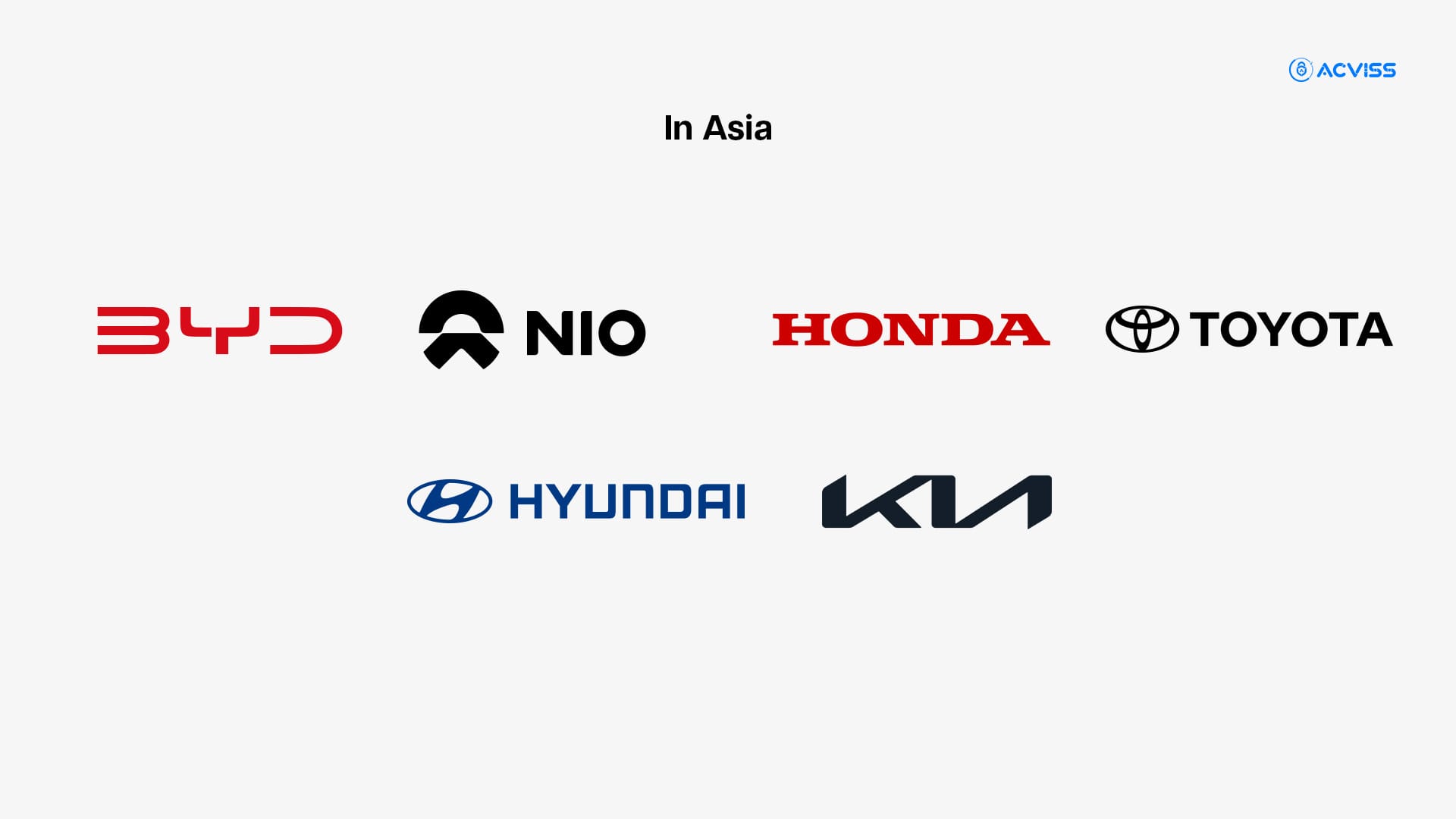
In Asia,
Diverse strategies reflect local markets. Chinese automakers have rapidly embraced EVs and in-house tech. BYD, China’s largest EV maker, is building its battery cells, motors, and even semiconductor fabs to vertically integrate the supply chain. BYD’s new “e3.0” domain controller platform (launched in 2024) and upcoming e4.0 architecture signal a centralised, in-house software approach. Nio, the Chinese EV startup, is similarly focused on a centralised E/E architecture for its future models.
By contrast, Japanese giants like Toyota and Honda have been more cautious “followers” in SDV technology. Toyota, long the hybrid leader, is now committing to pure EVs with a new centralised architecture slated around 2026. It continues to rely mostly on in-house engineering (e.g. its Woven by Toyota software platform) supplemented by key suppliers. South Korea’s Hyundai-Kia, meanwhile, is combining internal R&D with sister-company resources (e.g. LG battery joint venture, Hyundai Mobis electronics) to roll out EV platforms like E-GMP and smart vehicle software.
Across Asia, OEMs are increasingly balancing in-house development with strategic partnerships to manage risk. A Frost & Sullivan study notes that Asian OEMs invest heavily in internal R&D while selectively collaborating with technology specialists.
Strengthening Supply Chains Post-COVID

The COVID-19 pandemic and ensuing chip shortage exposed dangerous brittle links in automotive supply chains. About 12% of global auto output disappeared between 2020–2022 due to factory shutdowns and component crunches. Traditional “just-in-time” models failed when a single plant closure or shipping delay could stall assembly. OEMs responded by seeking greater control and visibility.
Many are now near-shoring production or dual-sourcing critical parts (especially semiconductors and battery materials). For example, Ford and GM are investing in North American battery gigafactories; Toyota has experimented with holding extra inventory of chips.
- Risk Visibility: To prevent unknown suppliers from blindsiding them, OEMs are deploying digital tracking tools. Some use blockchain-based track-and-trace to monitor parts from raw material to assembly. The goal is to map multi-tier suppliers and detect issues early.
- Inventory Buffers: Rather than zero-inventory, many OEMs now maintain safety stocks of key components. This creates breathing room for unexpected shortages. While lean experts warn this adds cost, it significantly improves resilience.
- Collaborative Planning: Automakers are forging closer partnerships with critical suppliers, sharing forecasts and risks. Co-investment in specialised fabs (e.g. GlobalFoundries for chips, battery cell plants with LG/Samsung) gives OEMs partial ownership of supply.
- Diversification: OEMs are diversifying geographic supply bases. For example, they are adding chip suppliers outside Taiwan/Korea (though such fabs take years to build) and sourcing battery minerals from multiple countries to reduce geopolitical risk.
These measures align with a new priority: OEM executives now place resilience over cost-efficiency. A BCG study observes that the double-crisis of COVID and chips revealed “longstanding practices”, hyper-lean JIT networks and siloed planning, were inadequate. The industry is rebalancing by investing in supply-chain digitalisation, even if it means rethinking decades of cost-cutting.
Reclaiming the Aftermarket and Enhancing Customer Experience
Historically, OEMs ceded the aftermarket (service parts and repairs) to independent shops and dealer networks. But today’s connected vehicles are allowing OEMs to reclaim ownership of the aftermarket and customer relationship. Built-in telematics can flag when a part is worn or a service is due, enabling OEMs to sell genuine replacement parts and services directly. Some examples and strategies:
- Direct-to-Consumer (D2C) Parts: OEMs are increasingly offering their parts and accessories online. Through branded portals and apps, customers can order genuine filters, tires, and electronics. This cuts out grey-market counterfeiters and captures revenue that once went to third parties.
- Subscription Services: Many OEMs now offer features or services on subscription. For instance, heated seats or advanced driver assistance might be activated by paying a monthly fee. This approach, enabled by over-the-air (OTA) updates, turns software features into recurring revenues. Customers get flexibility (activate a winter package only during cold months), and OEMs build long-term loyalty.
- Enhanced Digital Experience: The connected car is an extension of an OEM’s brand. Infotainment systems can carry apps (navigation, media, vehicle apps) that reflect the OEM’s design language. Digital profiles allow personalisation across vehicles. This seamless experience, from smartphone to car, deepens customer engagement. One study found 37% of consumers would even switch brands for better connectivity, jumping to 56% in some markets.
- Over-the-Air (OTA) Updates: OTA capability is a game-changer. Like smartphones, modern cars can receive fixes and new features remotely. Tesla exemplifies this by routinely pushing software updates to improve range, add driving features, or fix bugs. Other OEMs (Ford, GM, Volkswagen, etc.) are rolling out similar OTA platforms to keep vehicles up-to-date and secure. This means a new car can gain new capabilities post-sale, significantly enhancing the customer experience.
Many OEMs recognise the aftermarket as a growth arena. A Thoughtworks analysis notes that “machine-as-software” enables OEMs to create new revenue streams from parts, subscriptions, and services.
Navigating Risks: Counterfeits, Cybersecurity and Data Privacy
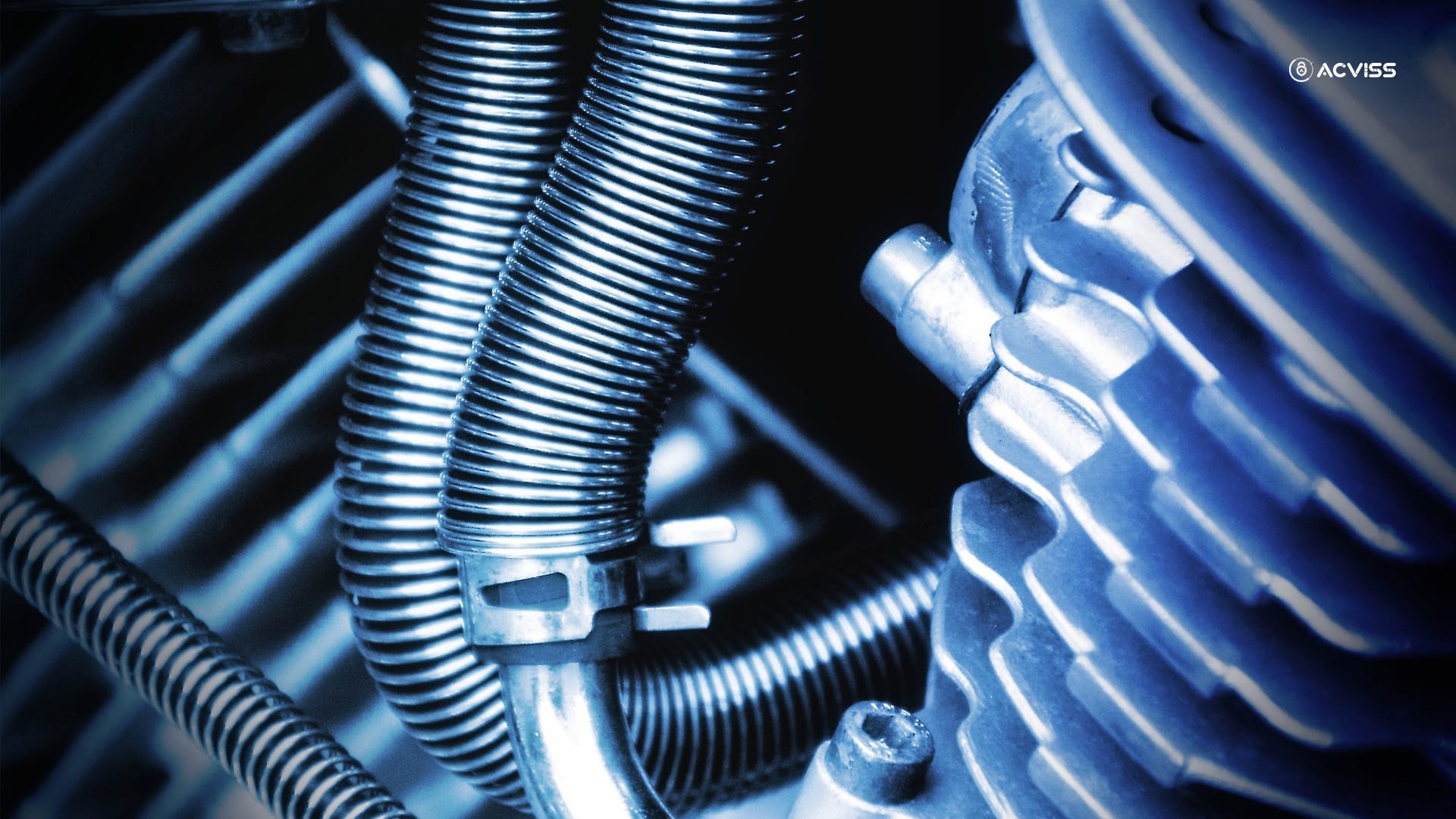
The shift to digital also brings serious risks. Modern vehicles are vulnerable to counterfeit parts, cyberattacks, and data privacy issues, all of which can damage OEMs’ bottom line and reputation.
- Counterfeit Parts:Fraudulent auto parts remain rampant. Industry data suggests “around 30–40% of auto components sold are fake,” costing the auto industry roughly 30% of revenue to IP crime. Another report estimates that 1 in 3 automotive parts on the market is a counterfeit. These fake parts often evade safety testing, endangering drivers and eroding trust in brands. OEMs are particularly vulnerable in regions with lax enforcement.
- Intellectual Property Theft: As cars become software-driven, OEM design files and algorithms become targets. Insider threats and industrial espionage (stealing design or software secrets) can enable copycat vehicles or tech leaks. Protecting patents and trade secrets is an ongoing battle, with companies investing millions in legal fights and product security.
- Cybersecurity Threats: Connected vehicles and factories are attractive targets for hackers. There have been incidents (notably ransomware in the supply chain) that can lock factory systems or inject malware into vehicles. A single breach could jeopardise millions of cars on the road. OEMs must therefore build robust security into both vehicles and networked operations.
- Data Privacy & Misuse: OEMs collect vast amounts of driver data (location, behaviour, biometrics). Misuse of this data can trigger legal and regulatory backlash. For example, in 2024, General Motors faced a lawsuit for allegedly collecting and selling private driving data of 1.5 million customers without consent. Regulators (like the FTC and EU privacy agencies) are closely watching how connected car data is handled. Any perception of using customers as “surveillance fodder” can severely damage brand image.
OEMs must therefore invest in brand protection, cybersecurity, and transparent data policies. They need end-to-end traceability in their supply chains and anti-counterfeit measures for parts. Just as importantly, they must ensure any data collected is encrypted, anonymised where possible, and used ethically.
Acviss: Securing OEM Supply Chains and Brand Trust
Leading OEMs are adopting advanced tools to tackle these challenges. Acviss specialises in anti-counterfeiting and traceability solutions tailored for automotive manufacturers. Its multi-layered approach empowers OEMs to monitor and protect their entire value chain:
- Unique Authentication Codes & Labels: The non-cloneable security codes and tamper-proof holographic labels enable instant verification of authenticity, so dealers and even end customers can scan components and confirm they are genuine.
- Blockchain-Powered Traceability: With the Origin platform, the part can be tracked across the supply chain, and its manufacturing batch and shipment history are immutably recorded. This yields 100% visibility from factory to dealer, preventing counterfeit items from entering the channel.
- AI-Driven Online Monitoring: Acviss’ AI/ML solution scans e-commerce and grey markets globally for counterfeit listings of branded parts. When fakes are detected, it provides real-time alerts so legal teams can act swiftly.
In short, Acviss equips automotive OEMs with proactive tools to safeguard IP and ensure component integrity. Their solutions are used by leading brands worldwide to protect revenue and customer trust.
The Message is Clear
For forward-looking OEMs and stakeholders, invest in digital transformation and in brand protection. Solutions like those from Acviss help ensure that as you build smarter, more connected vehicles, you also lock down your supply chains and secure your innovation. OEM decision-makers are encouraged to explore Acviss’s AI- and blockchain-powered offerings for brand protection and product traceability. Get in touch with our experts today and explore Acviss’s solutions to protect your brand and drive the future of automotive innovation.
